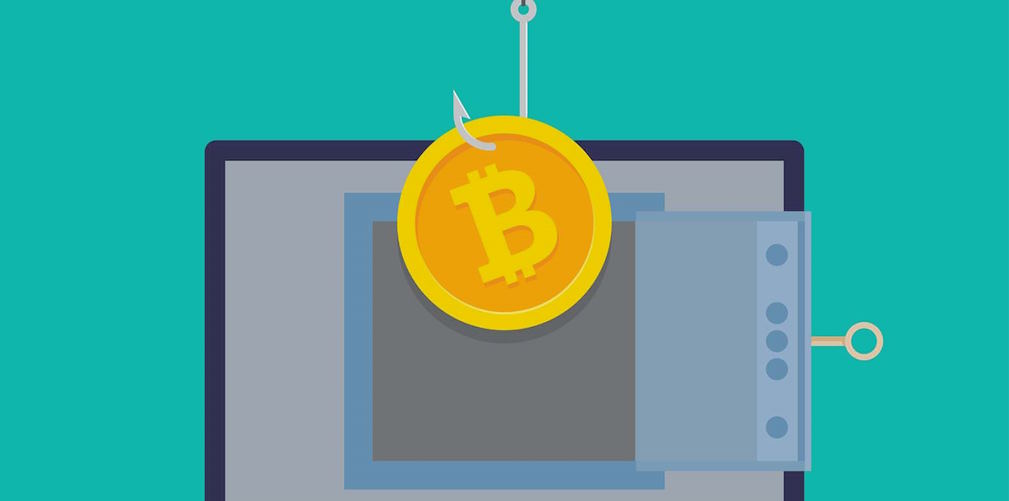
Spotting Scams: Red Flags to Watch Out for Among New Crypto Coins
— January 21, 2023In an era marked by technological innovation and decentralized financial systems, the allure of new cryptocurrency offerings has captured the imagination of investors worldwide. Yet, amid the genuine opportunities that abound, a darker underbelly persists – one teeming with scams and fraudulent schemes aimed at capitalizing on the fervor surrounding digital currencies. The pressing need to distinguish between groundbreaking blockchain projects and deceptive traps has never been more critical.
Lack of Transparency and Anonymity
One of the cornerstones of the legitimate cryptocurrency ecosystem is transparency. Unlike traditional financial systems, cryptocurrencies are built upon open-source technology that allows anyone to scrutinize the underlying code and verify its integrity. However, a significant red flag arises when new crypto coins are associated with anonymous or unverifiable developers. Genuine projects thrive on accountability, and reputable developers take pride in their work by showcasing their expertise and experience. Investors should exercise caution when project teams lack transparency regarding their identities or their past achievements. To avoid falling victim to potential scams, it is imperative to conduct thorough research on the development team, examining their track record and assessing whether they have been involved in reputable projects in the past.

Unrealistic Promises and Hyped Claims
In the fast-paced and competitive world of cryptocurrencies, it’s not uncommon to come across projects that promise astronomical returns in a short span of time. While the crypto market is known for its volatility and the potential for substantial gains, it’s crucial to approach any project with skepticism when it makes outlandish claims of guaranteed profits with little to no risk. Scammers often prey on the allure of quick riches, luring unsuspecting investors into their schemes with promises that are too good to be true. As the saying goes, if something seems too good to be true, it probably is. Investors must exercise caution and perform due diligence, critically evaluating the feasibility of the project’s claims and seeking input from knowledgeable sources before committing their resources.
Flimsy Technological Foundation
The technology underpinning a cryptocurrency project is its bedrock, the foundation upon which all other aspects are built. Legitimate projects emphasize the technical robustness of their offerings through detailed whitepapers that outline the technical architecture, algorithms, and security measures. However, a significant red flag arises when whitepapers are overly complex, filled with jargon, or lack coherent explanations. Such documents can indicate an attempt to obfuscate the lack of genuine technological innovation. To avoid falling victim to scams, potential investors should seek expert opinions from individuals with a deep understanding of blockchain technology. Legitimate projects are often open to questions and discussions about their technical architecture, and their teams are eager to clarify any technical intricacies.
Lack of Clear Use Case or Problem Solving
One of the primary drivers behind successful cryptocurrencies is their ability to address real-world problems or offer innovative solutions. A genuine project should have a clear use case that explains how the cryptocurrency will solve an existing issue or enhance a particular industry. Beware of new crypto coins that lack a tangible connection to a real-world problem or that offer vague descriptions of their intended purpose. Such projects may be attempting to capitalize on trends without providing any actual value. It’s essential for potential investors to critically assess whether the proposed use case is practical and whether the project has the potential for adoption within its target market.

Pressure to Invest Immediately
Scammers are well-versed in the art of persuasion, often employing high-pressure tactics to create a sense of urgency. Whether through limited-time offers, exclusive deals, or fear of missing out, these tactics are designed to push individuals into hasty decisions without proper research. Investors must remain vigilant and resist the urge to make impulsive investments. Legitimate projects prioritize transparency and provide ample time for potential investors to conduct due diligence. By taking the time to thoroughly research a project and evaluate its merits, investors can avoid falling prey to high-pressure sales tactics and make well-informed decisions.
Token Distribution and Ownership
The distribution of tokens in a new cryptocurrency project can provide valuable insights into its legitimacy. Beware of projects that showcase uneven distribution, favoring insiders, early investors, or the development team. A healthy distribution ensures that no single entity holds an overwhelming majority of the tokens, minimizing the risk of market manipulation and ensuring a fair and decentralized ecosystem. Potential investors should scrutinize token distribution details provided by the project and be cautious if ownership appears to be concentrated in the hands of a few entities.
Lack of Regulation and Legal Compliance
As the cryptocurrency market evolves, regulatory frameworks are gradually being established to ensure investor protection and market integrity. Legitimate projects acknowledge the importance of adhering to these regulations and strive to operate within legal boundaries. Conversely, red flags should be raised if a project dismisses or avoids regulatory considerations altogether. Investors must prioritize projects that demonstrate transparency in their compliance efforts and engage with legal authorities to ensure that they are operating within the bounds of the law.





